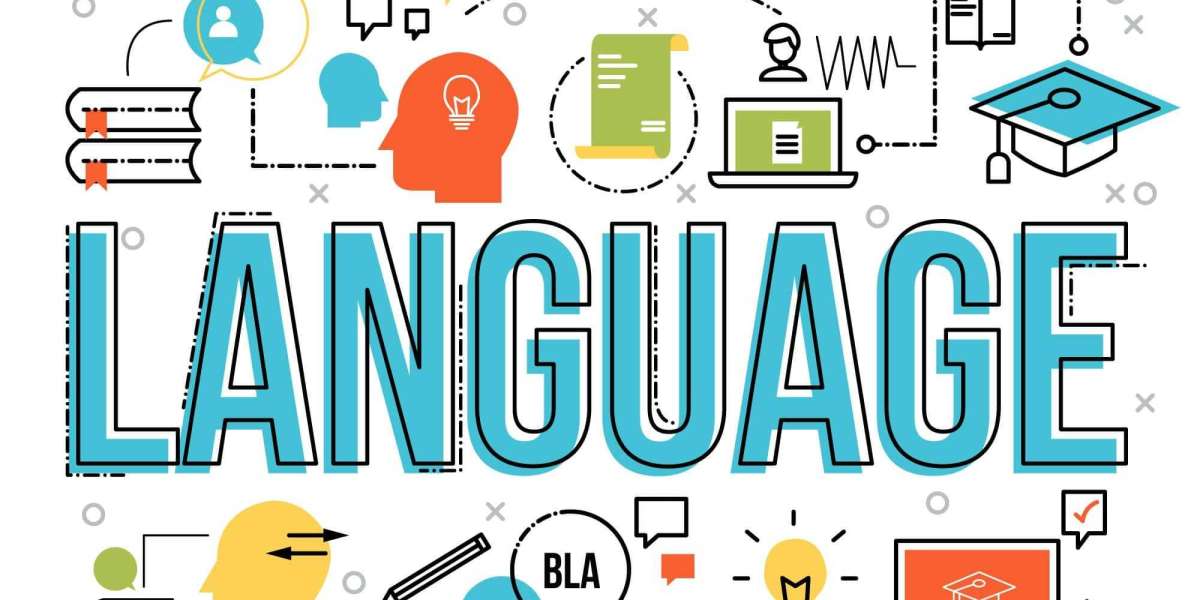Understanding Adjectives and Their Usage in Language
Adjectives are an essential part of language, adding color and detail to our descriptions. They are words that modify or describe nouns, giving us more information about the qualities or characteristics of the person, place, thing, or idea being referred to. Understanding how to use adjectives effectively can enhance your writing and communication skills. In this article, we will explore ten examples of adjectives, their meanings, and how to use them in sentences. Additionally, we will delve into the question, "Are adjectives language techniques?" and examine their role in linguistic expression.
What Are Adjectives?
Adjectives are words that describe or modify nouns. They provide additional information about an object’s size, shape, color, origin, or other qualities. Adjectives can be simple descriptors, like "big" or "blue," or they can be more complex, like "magnificent" or "breathtaking."
Examples of Adjectives and Their Usage
Beautiful: This adjective describes something that is pleasing to the senses or mind.
- Example: The beautiful sunset painted the sky in hues of orange and pink.
Enormous: This adjective denotes something extremely large in size.
- Example: The enormous elephant lumbered across the savannah.
Ancient: This adjective refers to something very old or from a distant past.
- Example: The ancient ruins of the castle told stories of a bygone era.
Bright: This adjective describes something that emits a lot of light or is vivid in color.
- Example: The bright neon signs lit up the bustling city streets.
Clever: This adjective signifies intelligence or quick thinking.
- Example: The clever detective solved the mystery in no time.
Delicious: This adjective describes food that has a very pleasant taste.
- Example: The delicious aroma of freshly baked bread filled the air.
Gentle: This adjective indicates a soft, kind, or mild nature.
- Example: The gentle breeze was a welcome relief on the hot day.
Mysterious: This adjective refers to something that is difficult to understand or explain.
- Example: The mysterious letter arrived without any return address.
Rapid: This adjective denotes something that moves or happens quickly.
- Example: The rapid current carried the boat downstream.
Vibrant: This adjective describes something that is full of energy and life.
- Example: The vibrant flowers added a splash of color to the garden.
Are Adjectives Language Techniques?
When considering are adjectives language techniques it is important to understand that adjectives are indeed a fundamental part of linguistic expression. They serve as crucial tools in our language, allowing us to convey more precise and vivid images to our audience. Here are a few reasons why adjectives can be seen as language techniques:
Enhancing Description: Adjectives allow writers and speakers to enhance their descriptions. Instead of saying "the dog," you can say "the fluffy dog," providing a clearer image.
- Example: The tall, leafy trees provided ample shade on the hot summer day.
Expressing Emotions: Adjectives can convey emotions and feelings, helping to set the tone of a narrative.
- Example: She felt a deep sense of happiness as she gazed at the serene landscape.
Creating Imagery: By using vivid adjectives, writers can create strong imagery, making their stories and descriptions more engaging.
- Example: The crisp, autumn air was filled with the scent of spiced apples.
How to Use Adjectives Effectively
Using adjectives effectively involves understanding their placement and impact within a sentence. Here are some tips on how to use adjectives in your writing:
Before Nouns: Adjectives often come before the noun they are describing.
- Example: The graceful dancer moved across the stage with ease.
After Verbs: Some adjectives follow linking verbs such as "is," "seem," or "appear."
- Example: The sky was blue and the clouds were fluffy.
Comparative and Superlative Forms: Adjectives can change form to compare two or more things. Use "er" or "more" for comparisons, and "est" or "most" for superlatives.
- Example: She is taller than her brother. / She is the tallest in her class.
Multiple Adjectives: When using multiple adjectives, follow the order of opinion, size, age, shape, color, origin, material, and purpose.
- Example: She wore a beautiful (opinion), long (size), silk (material) dress to the party.
Conclusion
In conclusion, adjectives are vital language techniques that enrich our communication. They help us provide detailed descriptions, express emotions, and create vivid imagery. By understanding how to use adjectives effectively, we can enhance our writing and make our spoken language more engaging. From the beautiful sunset to the mysterious letter, adjectives allow us to paint pictures with words, making our stories and descriptions come alive. So, next time you write or speak, remember the power of adjectives and how they can transform your language.








